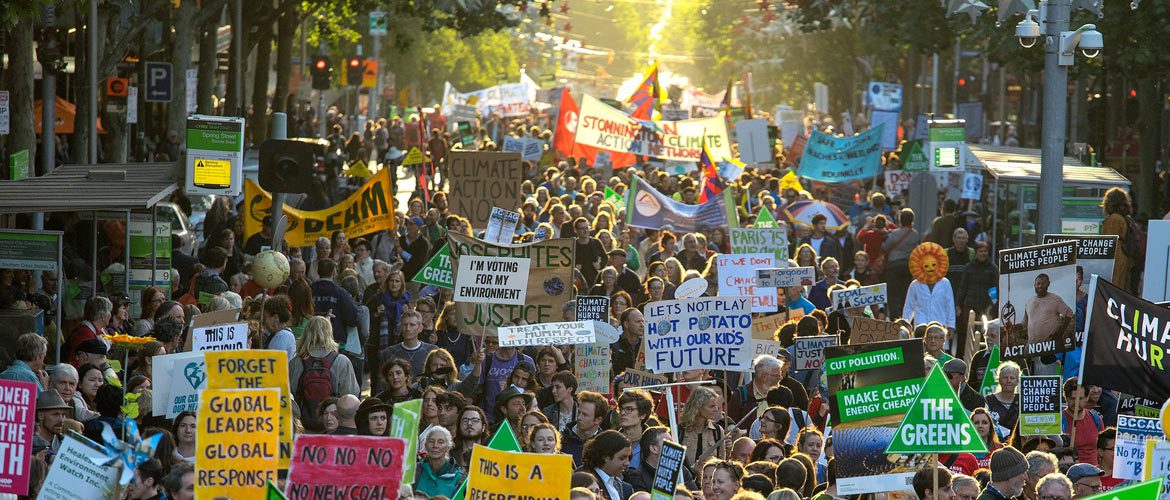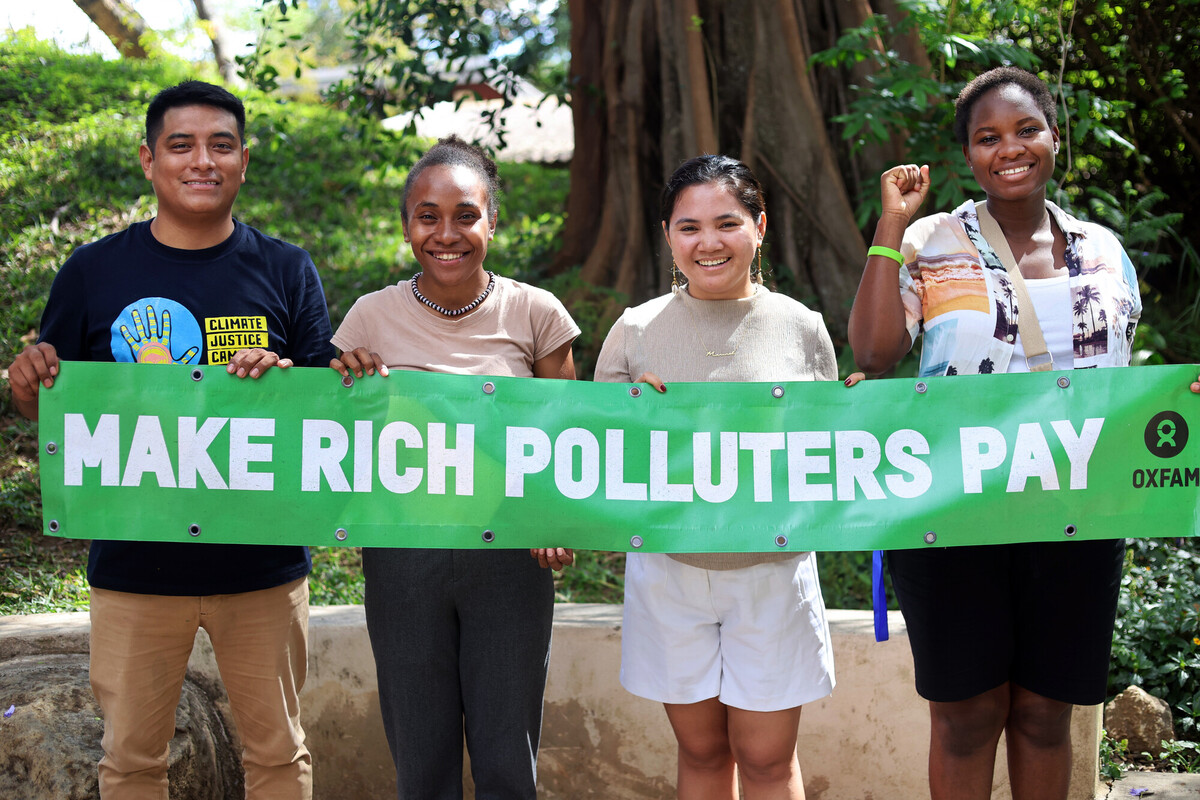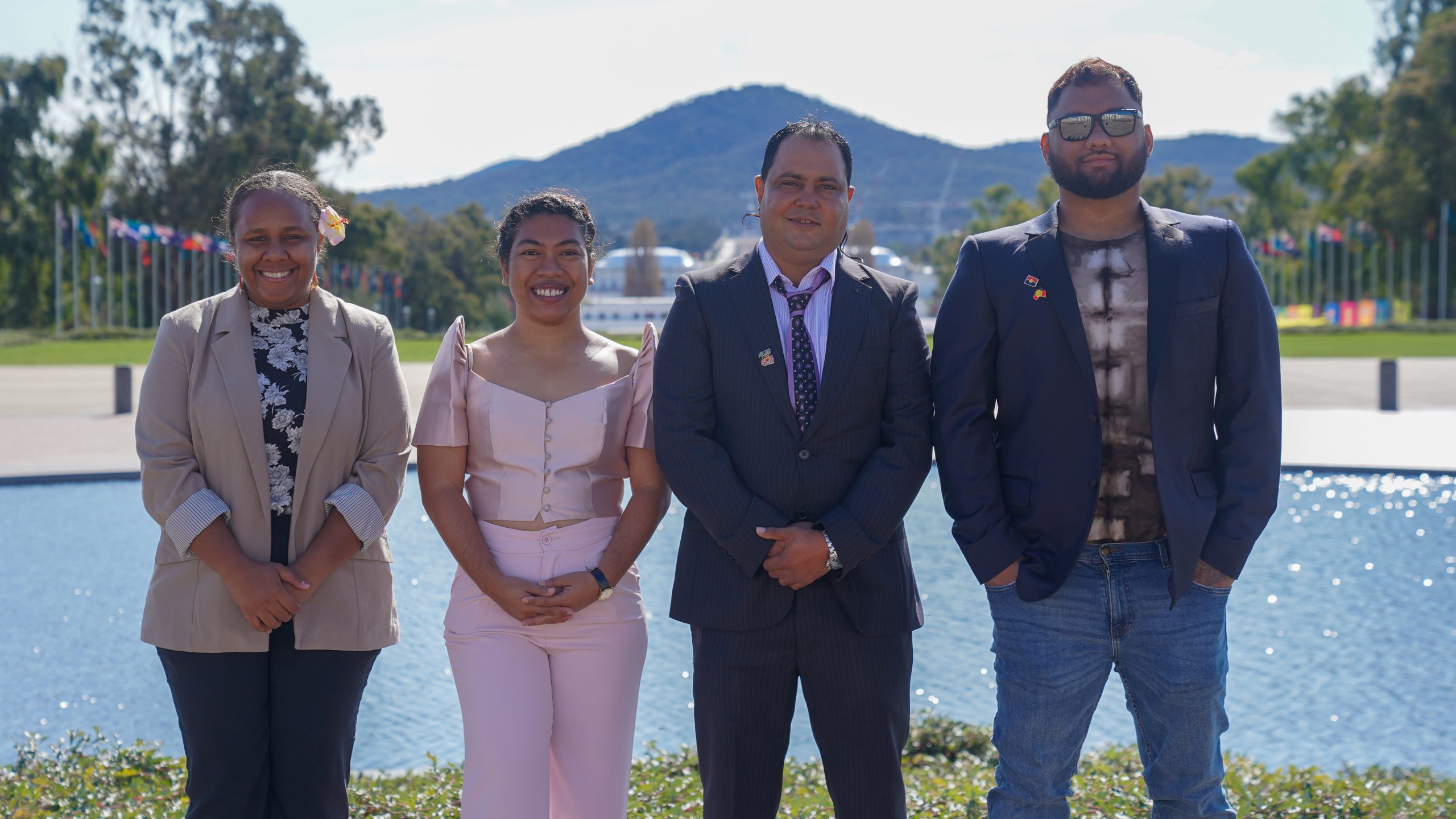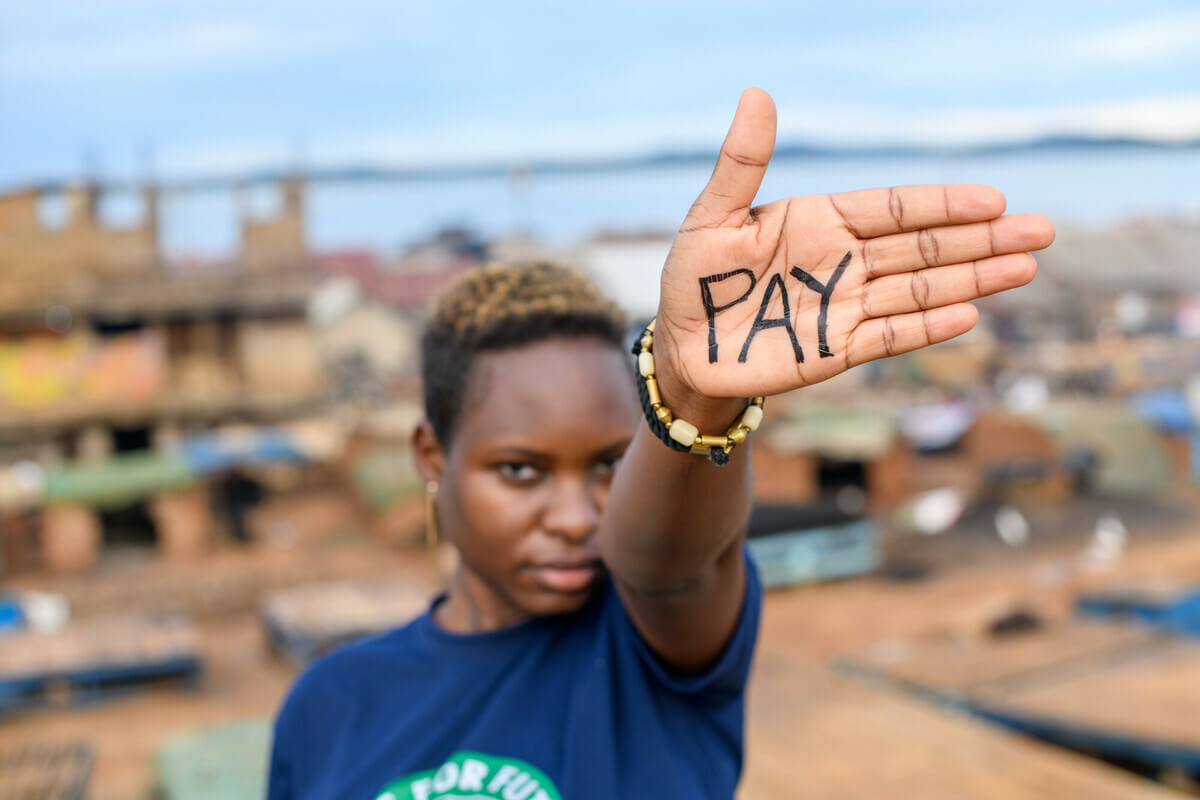By Simon Bradshaw, Climate Change Advocacy Coordinator
You’ve seen the headlines, been bombarded through the weekend with images of leaders applauding as they ushered in a new era of international cooperation on climate change. Many in tears as the sheer gravity of the moment sank in.
Let’s be clear – the Paris agreement is a true landmark. It goes beyond what many thought possible only a month ago. It was a deal made possible by the determined efforts of people around the world. People like you, who stood up and demanded more. An outcome shaped by the passionate and strategic calls to action from those on the frontline of the climate crisis, including our Pacific neighbours, and by the millions of people already working to build a safer, fairer world.
And yes, it is also very far from perfect. As Oxfam has already pointed out, it offers but a fractured lifeline for the world’s poorest people. But a lifeline nonetheless. And something on which we can and will build.
Thousand of blogs and reports will be written over the coming days and weeks, unpacking the agreement and planning the next steps. For now, we’ll offer just a few preliminary thoughts on what the Paris agreement means.
A victory for the little guys?
One of the standout achievements, and indeed biggest surprises in Paris, came down to one number: 1.5. The world has now agreed not only to limit the global average temperature rise to well below 2°C, but to “pursue efforts to limit the temperature increase to 1.5°C.” Pacific Island nations and other vulnerable countries around the world have long pointed out that a rise of 2°C is far too dangerous and have campaigned tirelessly to get a stronger temperature goal into the agreement. Indeed, no voices were more important and powerful in Paris than those of the most vulnerable. With their very survival at stake, the atoll nations of Kiribati, Tuvalu and the Marshall Islands didn’t flinch once while negotiating against the most powerful nations on earth. And it paid off.
But here’s the thing: is the agreement as a whole anywhere near strong enough to get us to that goal? Will it encourage countries to strengthen their emissions reduction targets quick enough and deep enough? That remains to be seen.
Current commitments have us on a path to around 2.7°C of warming – a level that would prove truly disastrous. The agreement will see countries take stock of their collective commitments every five years and begin “ratcheting up” their targets. But remember, the whole process is “bottom-up.” In other words, governments will continue to set their own targets, as they see fit. The agreement won’t force them to bring their targets into line with the overall goal. That is going to take continuing pressure from all of us!
“If you can’t save Kiribati then climate change is coming for you. If you save Kiribati you save the world.” Tinaai Teaua, young campaigner from Kiribati
Will the Paris Agreement ensure the most vulnerable are protected?
Tackling climate change is about more than dramatically accelerating cuts to emissions. A key litmus test for the Paris Agreement was whether it would guarantee sufficient funds for vulnerable communities to adapt to the impacts that can no longer be avoided. Already, communities are facing more intense impacts from droughts, floods, rising seas, and destructive storms.
Climate finance (support to poorer countries with adapting to the impacts of climate change and avoiding future emissions through low-carbon development) dominated the Paris negotiations. Securing sufficient support for adaptation, which is chronically underfunded and less able to attract private investment, was a particular priority for Oxfam. We campaigned for the agreement to include new targets for international climate finance, including a separate target for adaptation finance, with these targets regularly reviewed to ensure they match the level of need.
In the end, the deal recognised more funding for adaptation is needed by 2020, before the new agreement takes hold, but did not include any concrete steps or numbers to help make this happen. By 2025, countries will set a new target for overall international climate finance, building on the existing promise of US$100bn/year, but no separate target for adaptation funding. Overall, a disappointing outcome, and one that means we’ll be continuing to campaign to ensure that vulnerable countries receive the support they need.
Climate change impacts on people’s right to food, water, health, security, culture and more. What’s more, ill-conceived responses to the climate crisis, such as large-scale hydropower projects which displace communities, further violate human rights. Women, young people and indigenous peoples are at the forefront of climate solutions. Protecting their rights and recognizing their strengths is vital. However, getting recognition of human rights, gender justice, and the rights of indigenous peoples into the Paris agreement became a real fight. In the end, these were recognised in the agreement’s preamble, though not in the key enforceable parts of the agreement.
At the eleventh hour, governments finally agreed that the deal must include separate provisions to support those who face irreversible loss and damage from climate change, such as loss of land and homes. However, developing countries were forced by the US and other rich countries to accept a clause, within the decisions that accompany the agreement, ruling out any liability or claims of compensation.
“We have made history today. Emissions targets are still way off track, but this agreement has the tools to ramp up ambition, and brings a spirit of hope that we can rise to this challenge. I can go back to my people and say we now have a pathway to survival.” Tony de Brum, Minister of Foreign Affairs, Marshall Islands
What does it mean for Australia?
Australia talked a good game in Paris, even joining the so-called “High Ambition Coalition” – an alliance of more than 100 countries, led by the Marshall Islands, which worked to defend crucial aspects of the agreement from being watered down by others. However, the chasm between the Government’s rhetoric and the reality of its actions was huge. While others were rightly acknowledging that Paris signals the end of the fossil fuel era, Foreign Minister Julie Bishop was continuing to talk up the role of coal, even arguing that coal will have an important role in reducing hunger(!)
For now, Australia’s emissions reduction targets remain a long way short of what is necessary to help keep the global temperature rise below 2°C, let alone 1.5°C. And despite many other countries significantly scaling up their support to poorer nations, Australia’s commitment in Paris amounted only to the same level of funding that Australia has provided in the past (AU$200m a year), and will be taken from existing aid funds.
The Australian Government needs to now match its words with action. To do its fair share towards achieving the goals of the Paris agreement, it’s very clear what Australia needs to do. We must immediately increase our 2030 emissions reduction targets, begin a rapid transition away from fossil fuels, provide far more in international climate finance and reach zero emissions and 100 per cent renewable energy as soon as possible. That is all.
Putting Paris in context
While you will hear many people pointing out the deficiencies in the Paris agreement, remember this: it is not the be all and end all, but one part of a larger process. The real change comes from people, businesses, national and local governments, and all sections of the community taking action. And there the momentum is unstoppable!
The Paris Agreement is a catalyst for further action and cooperation. And we intend to use it.
Onwards!
Here in Australia, the Paris agreement has particular power and significance. In a few months we will have an election. Demand for greater leadership from our government is at an all-time high. Remember the incredible People’s Climate March on the eve of the talks? Hundreds of thousands of Australians from all walks of life took to the streets across the country. It was hands down the most powerful, beautiful display of the depth and diversity of support for action on climate change that Australia has ever seen. Now, with a strong global agreement in place, we have all we need to force our government to step up.
Today, let’s celebrate the remarkable achievements from Paris. Tomorrow let’s regroup, start building on all we achieved together in 2015, and make 2016 a truly transformative year for climate action in Australia.



